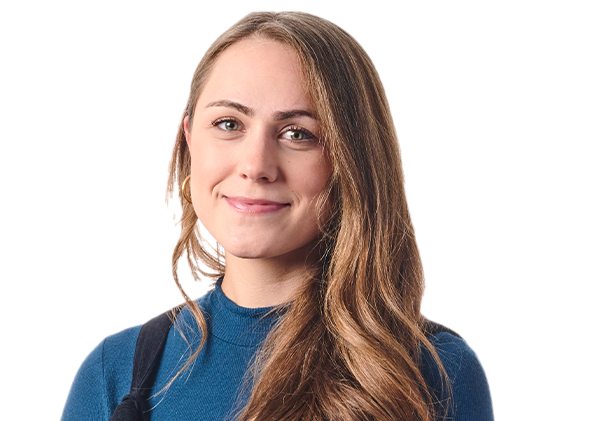
INCF endorses the MBF Bioscience neuromorphological file format
We are pleased to announce that the International Neuroinformatics Coordinating Facility (INCF) has endorsed the MBF Bioscience neuromorphological file format as
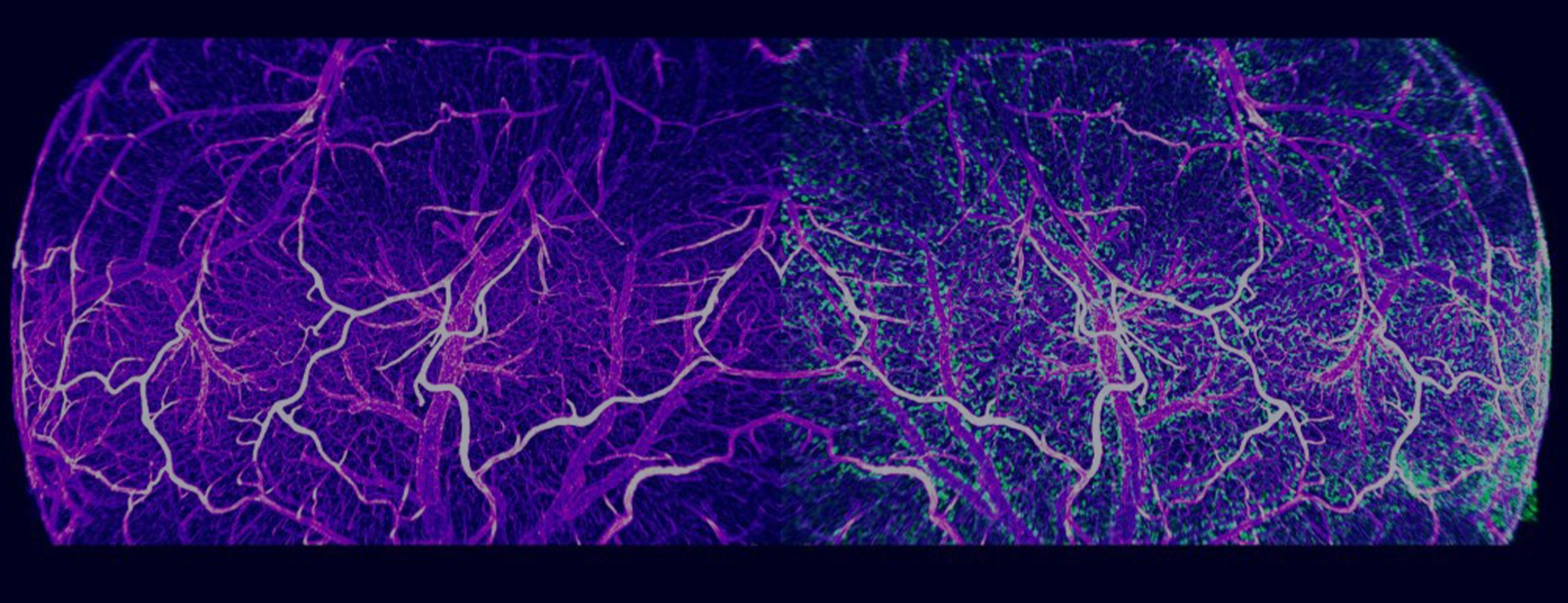
Vesselucida 360 is designed to accurately segment and fully reconstruct vessels and microvasculature in 3D. Obtain reliable data about vascular length, connections, loops, and complexity of vessels and microvessels from small or large 3D images.
Vesselucida 360 software includes breakthrough quantitative analysis capabilities that empower researchers studying neurodegeneration, TBI, stroke, angiogenesis in cancer, diabetic retinopathy, and other conditions that affect microvasculature.
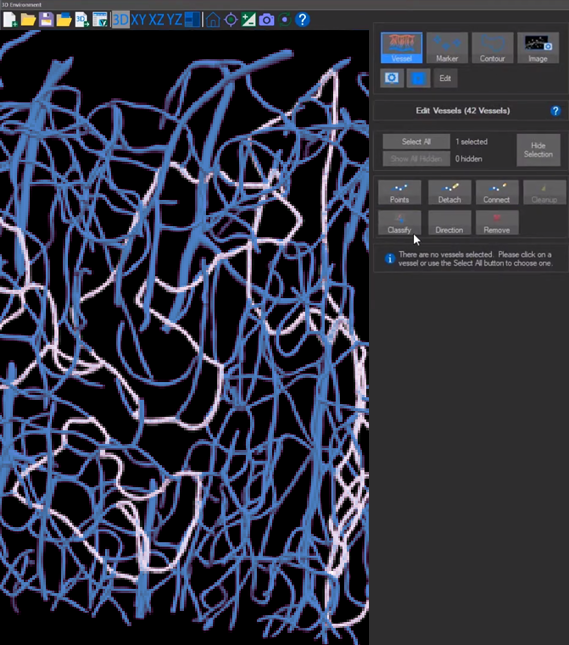
Model and quantify blood vessels from any organ and any species
Characterizing and understanding the vasculature in the brain and other organs is fundamental to identifying disease mechanisms that can ultimately uncover new treatment opportunities. With Vesselucida 360, you can quantitatively characterize vascular architecture in healthy tissue and analyze changes due to injury, age, and/or disease states.
We engineered Vesselucida 360 to provide the research community with a comprehensive solution for quantification of microvasculature structures. With an intuitive 3D environment, automatic detection and modelling of vessels from 3D microscopy image data is not only possible, but fast and easy. Robust tools for viewing and editing both reconstructions and 3D image data enable users to validate and revise reconstructions if needed.
Vesselucida 360 works on vessels in any species from a variety of labeling and microscopy techniques such as:
Vesselucida 360 has been developed with support from the National Institute of Mental Health (NIMH)
Recommended Hardware Requirements
Vesselucida 360 is a powerful software that can work with a wide range of image data of vastly different levels of size and complexity. Because of its flexibility, our recommendations for system configurations vary to balance the affordability of lower computing power for smaller data sets to more expensive high-end workstations for large, multi-channel data.
Please contact us to consult with our technical specialists for a more precise recommendation specific to your data needs.
| 64-bit Windows 11 operating system |
| CPU with 8 cores (16 threads) or more. More cores improve performance when using large data sets (>1 GB). |
| Solid state hard drive(s). Preferably, non-volatile memory express (NVMe) drives. |
| 64 GB of system memory or more. More memory is better for large data sets, especially for image handling and reconstruction in the 3D environment. |
| Graphics card with 8 GB memory or more. Most graphics cards from NVIDIA and AMD have been tested with MBF Bioscience software. |
| Minimum Hardware Requirements |
|---|
| 64-bit Windows 10 operating system |
| 8 core processor (16 threads) |
| 32 GB memory |
| Graphics card with 6 GB memory or more: This is the minimum needed for the 3D environment, but is adequate for working only in 2D. |
| Computer-Hardware Upgrade Priorities |
|---|
| To upgrade your system for better performance with MBF Bioscience software, we suggest that you prioritize computer hardware upgrades as follows: |
|
|
|
Vesselucida Helps Researchers Quantify Post-Injury Capillary Damage and Regeneration
>> Learn More
New Therapy May Aid Heart Repair After Heart Attack
>> Learn More
Scientists use Vesselucida 360 to quantify brain vasculature in mTBI model
>> Learn More
Download Vesselucida 360 product sheet here.
Vesselucida® 360 Version 2024.1.1
Released July 2024
New Features and Enhancements:
SPARC Users
View Full Version History Here.
Vesselucida 360 has automated and semi-automated methods for reconstructing vascular structures – from larger arteries and veins to smaller arterioles, venules, capillaries and anastomoses. The software reconstructs and identifies vascular loops within complex networks.
Categorize individual segments or entire vascular beds using the Classify feature in Vesselucida 360. Assigning vessel types will help you communicate key features about your data, and help with downstream analyses and interpretation. Vessel names are customizable to your model organism or tissue type.
Vascular networks can be dense and intricate. The Vesselucida 360 subvolume tool enables you to visualize and dynamically trace manageable portions of these dense areas one at a time so that you can efficiently and effectively reconstruct vasculature according to ground truth. Save and name subvolume locations, clip tracings to subvolumes, and easily enter and exit subvolume mode to see the smaller or bigger picture.
Puncta detection in the 3D environment enables you to detect anything from whole cells like neutrophils, pericytes, to plaques, proteins, and any other punctate subcellular structures. Utilize the machine learning option to generate even more accurate puncta reconstructions by employing specific models of object size and appearance (e.g., for puncta, cell nuclei) that refine automatic puncta-detection parameters, leading to a more accurate identification of the puncta that interest you.
We support open science through data sharing, accessibility, integrity, and reproducibility. The published MBF Bioscience digital reconstruction data file format, the Neuromorphological File Specification (NFS), was recently endorsed as a standard by the INCF.
The data elements in this NFS format were implemented specifically to ensure that files produced in Vesselucida 360 are findable, accessible, interoperable, and reusable (FAIR). Vesselucida 360 embraces these data standards and provides microscopy image and experimental data provenance to enhance the ease of repurposing data generated with the software. Encoded in the well-recognized and readable XML format, the modeling elements specify anatomical information in a calibrated 3D coordinate system with appropriate units. To learn more about the key elements of the file format and its relevant structural advantages, read our publication.
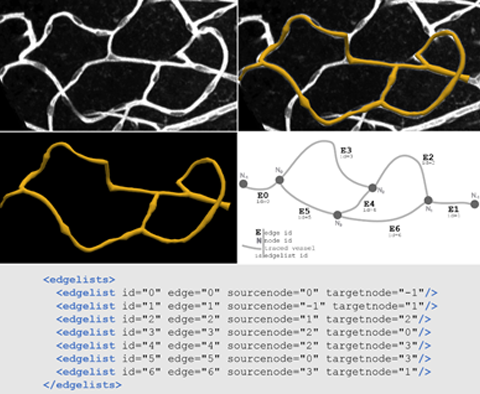
As researchers work with increasingly bigger and more complex image data files, high performance 3D visualization has become indispensable to effective data interpretation. With our intelligent image loading, maximized concurrent usage of CPU cores, multiple levels of data caching, and efficient use of RAM and GPU resources, you can now display and reconstruct your images faster than ever before to you make your scientific discoveries. Our software includes a versatile 3D-visualization environment suitable to most microscopy images, with state-of-the-art tools to support your analysis and publication needs. Whether you’re working with 2D or 3D image data, from two-photon, light sheet, confocal, or brightfield microscopy, our new high-tech imaging engine supports you and your data.
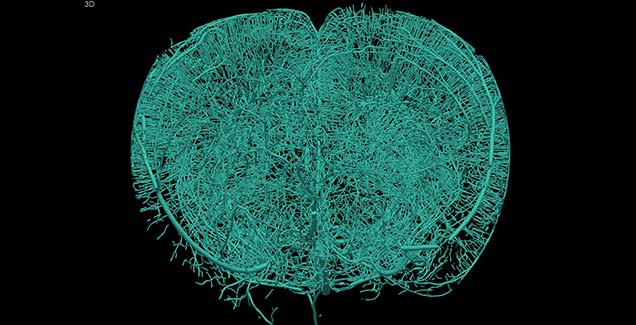
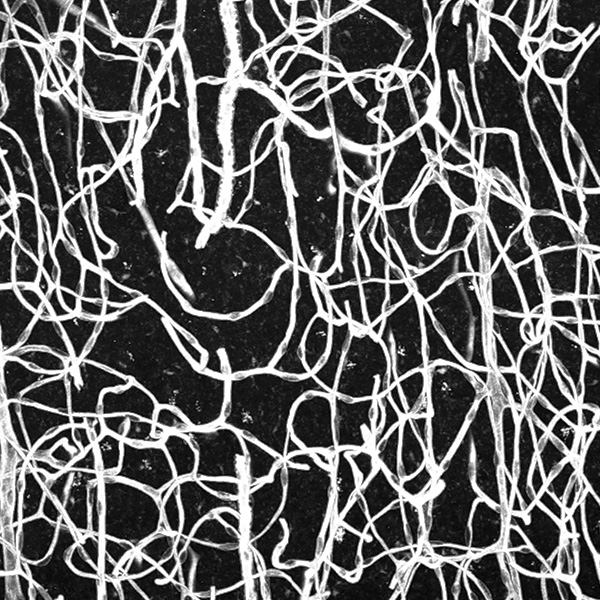
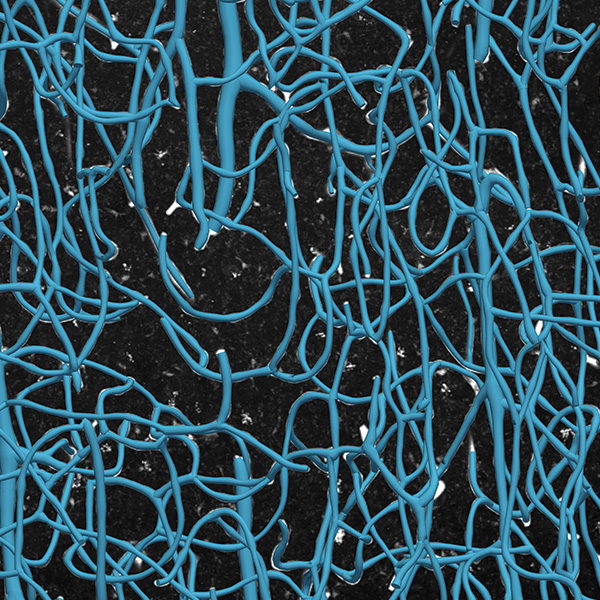
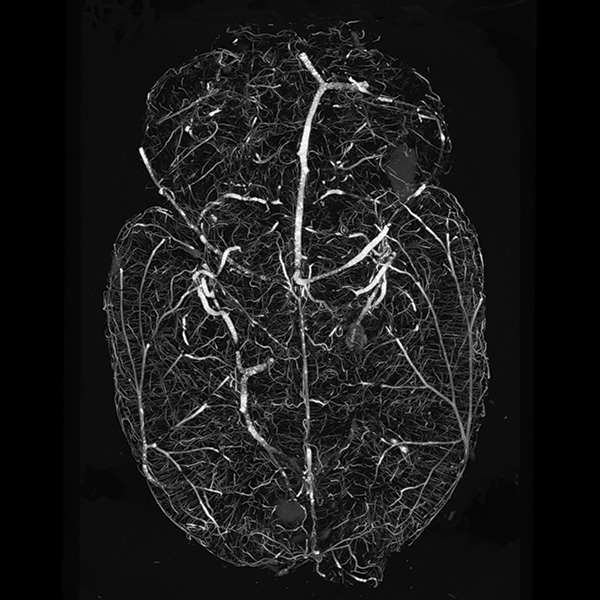
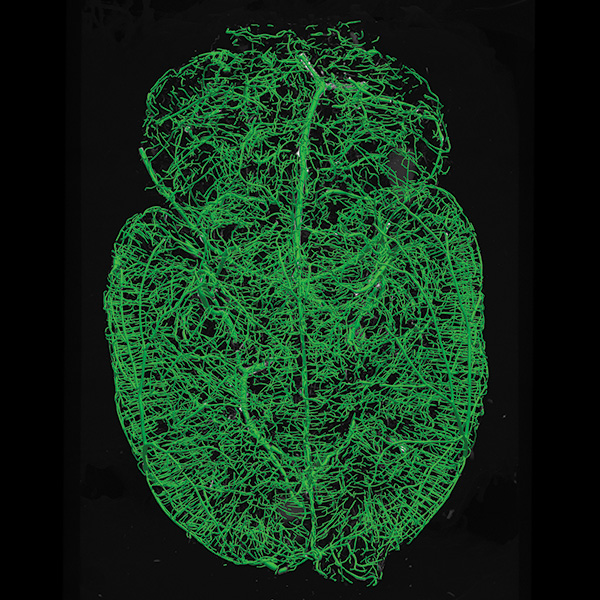
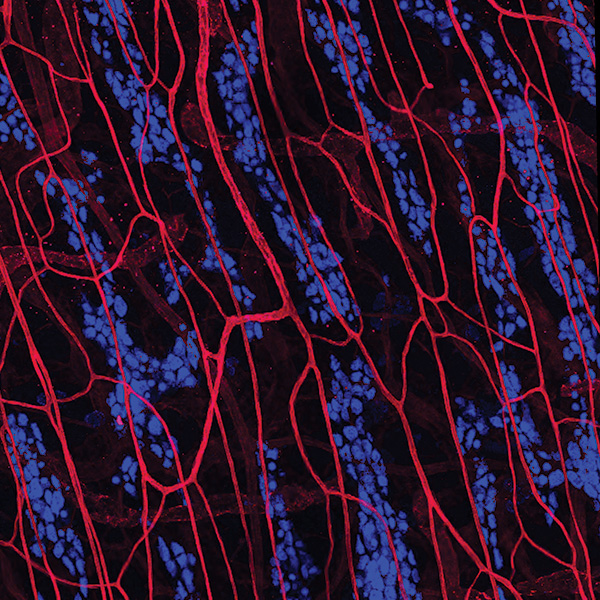
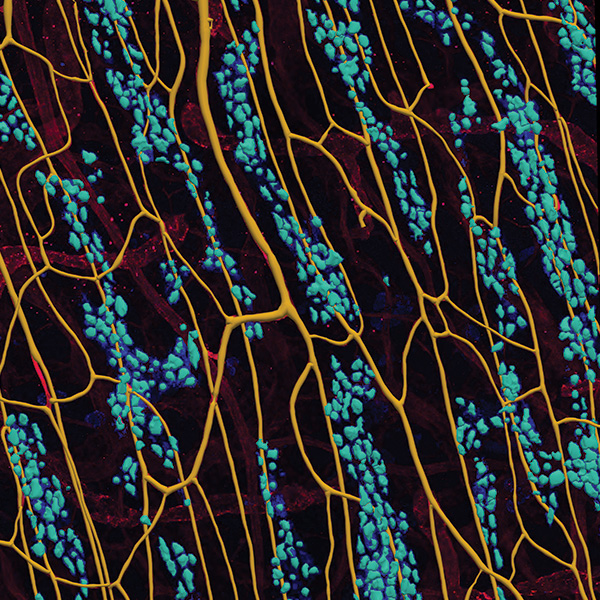
Vesselucida 360 is used across the globe by the most prestigious laboratories.








We are pleased to announce that the International Neuroinformatics Coordinating Facility (INCF) has endorsed the MBF Bioscience neuromorphological file format as

Our health depends on the ability of blood vessels to deliver nutrients and remove metabolic byproducts from organs and muscle systems.

Researchers Quantify Improvement in Heart Vasculature with Vesselucida 360 and Vesselucida Explorer Cells need oxygen to survive, but during a heart
Vesselucida 360’s utility is underscored by the number of references it receives in the worlds most important scientific publications.
Buncha, V., K. A. Fopiano, et al.
Mice deficient in endothelial cell-selective adhesion molecule develop left ventricle diastolic dysfunctionView Publication

Brady, E. L., O. Prado, et al.
Engineered tissue vascularization and engraftment depends on host modelView Publication

Jacobsen, N. L., C. E. Norton, et al.
Myofibre injury induces capillary disruption and regeneration of disorganized microvascular networksView Publication

Gama Sosa, M. A., R. De Gasperi, et al.
Late chronic local inflammation, synaptic alterations, vascular remodeling and arteriovenous malformations in the brains of male rats exposed to repetitive low-level blast overpressuresView Publication
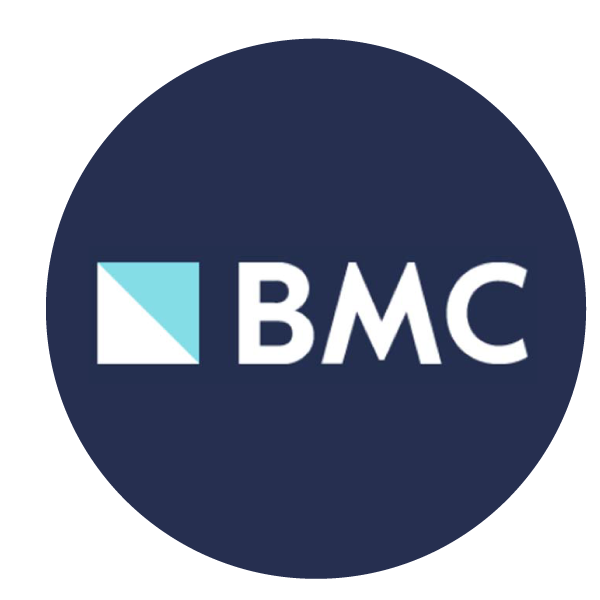
Sullivan, A.E., Tappan, S.J., Angstman, P.J. et al.
A Comprehensive, FAIR File Format for Neuroanatomical Structure Modeling. Neuroinform (2021). https://doi.org/10.1007/s12021-021-09530-xView Publication
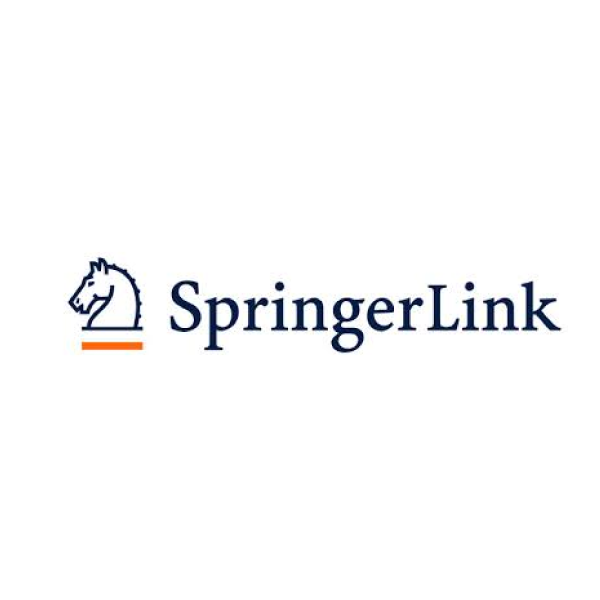
Gama Sosa, M.A., De Gasperi, R., Pryor, D. et al.
Low-level blast exposure induces chronic vascular remodeling, perivascular astrocytic degeneration and vascular-associated neuroinflammation. acta neuropathol commun 9, 167 (2021). https://doi.org/10.1186/s40478-021-01269-5View Publication

Button, E.B., Boyce, G.K., Wilkinson, A. et al.
ApoA-I deficiency increases cortical amyloid deposition, cerebral amyloid angiopathy, cortical and hippocampal astrogliosis, and amyloid-associated astrocyte reactivity in APP/PS1 mice. Alz Res Therapy 11, 44 (2019).View Publication

Yao, Y., Taub, A.B., LeSauter, J. et al.
Identification of the suprachiasmatic nucleus venous portal system in the mammalian brain. Nat Commun 12, 5643 (2021)View Publication

Jaffey, D. M., L. Chesney, et al.
Stomach serosal arteries distinguish gastric regions of the rat. (2021). Journal of Anatomy 239(4): 903-912. https://doi.org/10.1111/joa.13480View Publication

Vesselucida 360 is designed to work with characteristics unique to vessels, which are represented with a graph structure that include loops, rather than neurons which are non-looping branching objects. Unlike Neurolucida 360, the tracing algorithms and data structure in Vesselucida 360 were specifically developed to model vascular loops. Companion software, Vesselucida Explorer, enables researchers to quantify the frequency and morphology of such anastomoses.
With the companion analysis Vesselucida Explorer software, available for free with your Vesselucida 360 purchase, you can perform detailed morphometric analyses of your reconstructions. Obtain quantitative data from a plethora of network, segment, spatial, and puncta analyses with a few clicks. In addition, Vesselucida Explorer can generate graphical displays (e.g., convex hull) to visualize your quantitative data in intuitive ways–and generate figures for publications and presentations.
Vesselucida 360 can automatically or semi-automatically reconstruct vasculature and anatomies from images and image stacks acquired using a variety of microscopy types. In contrast, Vesselucida includes microscope-control capability and manual tracing tools to reconstruct vessels in tissue specimen slides directly from a research microscope.
Yes, you can create dynamic, high-resolution MP4 videos of your tracing and image data. You can export images or vector graphics from the main Vesselucida 360 window (2D) or take snapshots in the 3D environment.
Yes, Vesselucida 360 includes an image filter, specifically designed for vasculature data, that helps make vessels (and other hollow structures) appear solid. The vessel-filter first identifies the boundaries of labeled structures, then synthesizes a cross-section of even intensity based on a model adjusted to fit the input data. An evenly labeled foreground is generated to prepare the output image for automatic digital reconstruction.
Yes, Vesselucida 360 has sophisticated batch tracing tools. Identify automatic detection parameters that suit your data well, then easily apply the settings to multiple files with very limited user interaction.
To further expand your data throughput, you can batch-apply image filters, batch trace to create your reconstructions, then follow up with batch analyses using Vesselucida Explorer.
"I rarely have encountered a company so committed to support and troubleshooting as MBF."

Andrew Hardaway, Ph.D. Vanderbuilt University
"Vesselucida enables us to visualize and quantify microvascular networks in a way that has not been done before. The ability to render 3D maps is integral to analysis of network structure, remodeling and blood flow distribution."

Dr. Nicole Jacobsen University of Missouri
"MBF Bioscience is extremely responsive to the needs of scientists and is genuinely interested in helping all of us in science do the best job we can."
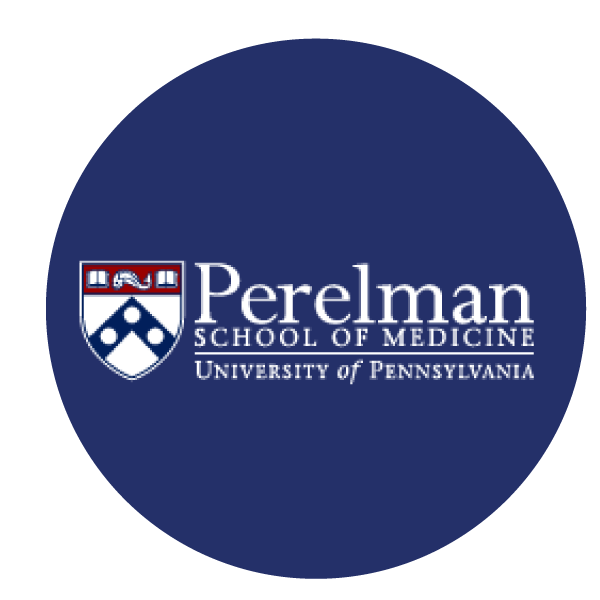
Sigrid C. Veasey, MD University of Pennsylvania
"After examining different vessel quantification tools for use with neovessel formation in the heart, we chose to use Vesselucida 360 because it offered us flexibility in viewing and adjusting vessel geometries in 3D to accurately represent our microCT dataset. Also, the quantitative parameter extrapolation is excellent."

Dr. Kareen Coulombe Brown University
"I am so happy to be a customer of your company. I always get great help related with your product or not. With the experienced members, you are the best team I've ever met. All of your staff are very kind and helpful. Thank you for your great help and support all the time."
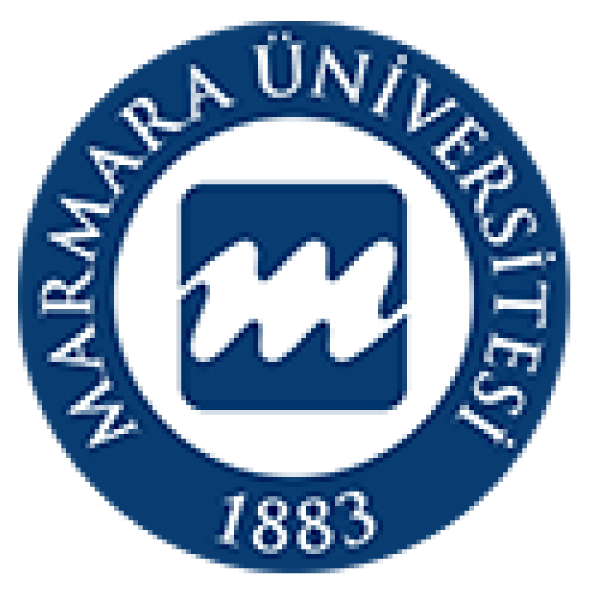
Mazhar Özkan Marmara Üniversitesi Tıp Fakültesi, Turkey
"We’ve been very happy for many years with MBF products and the course of upgrades and improvements. Your service department is outstanding. I have gotten great help from the staff with the software and hardware."

William E. Armstrong, Ph.D. University of Tennessee
"Using Vesselucida, we were able to assess changes in resistance network architecture during muscle regeneration for the first time. We were limited by other imaging methods due to the network size and location of arteriolar networks within skeletal muscle. Vesselucida uniquely enabled us to reconstruct and analyze intact arteriolar networks in 3 dimensions with micrometer resolution over distances spanning millimeters to centimeters."

Nicole Jacobsen, Ph.D. University of Missouri
"The support team at MBF Bioscience has been great to work with. As a beta test site for Vesselucida, we are in constant communication. Their staff is professional & responsive to the problems we have identified & our requests for specific applications."

Rebecca Shaw, Research Specialist University of Missouri
"Mapping microvascular networks are opening the door on novel aspects of microvascular perfusion. At this preliminary stage we are able to identify a fundamentally new perspective on oxygen transport. Very exciting to be developing this with you guys."

Prof. Steven Segal, Ph.D. University of Missouri
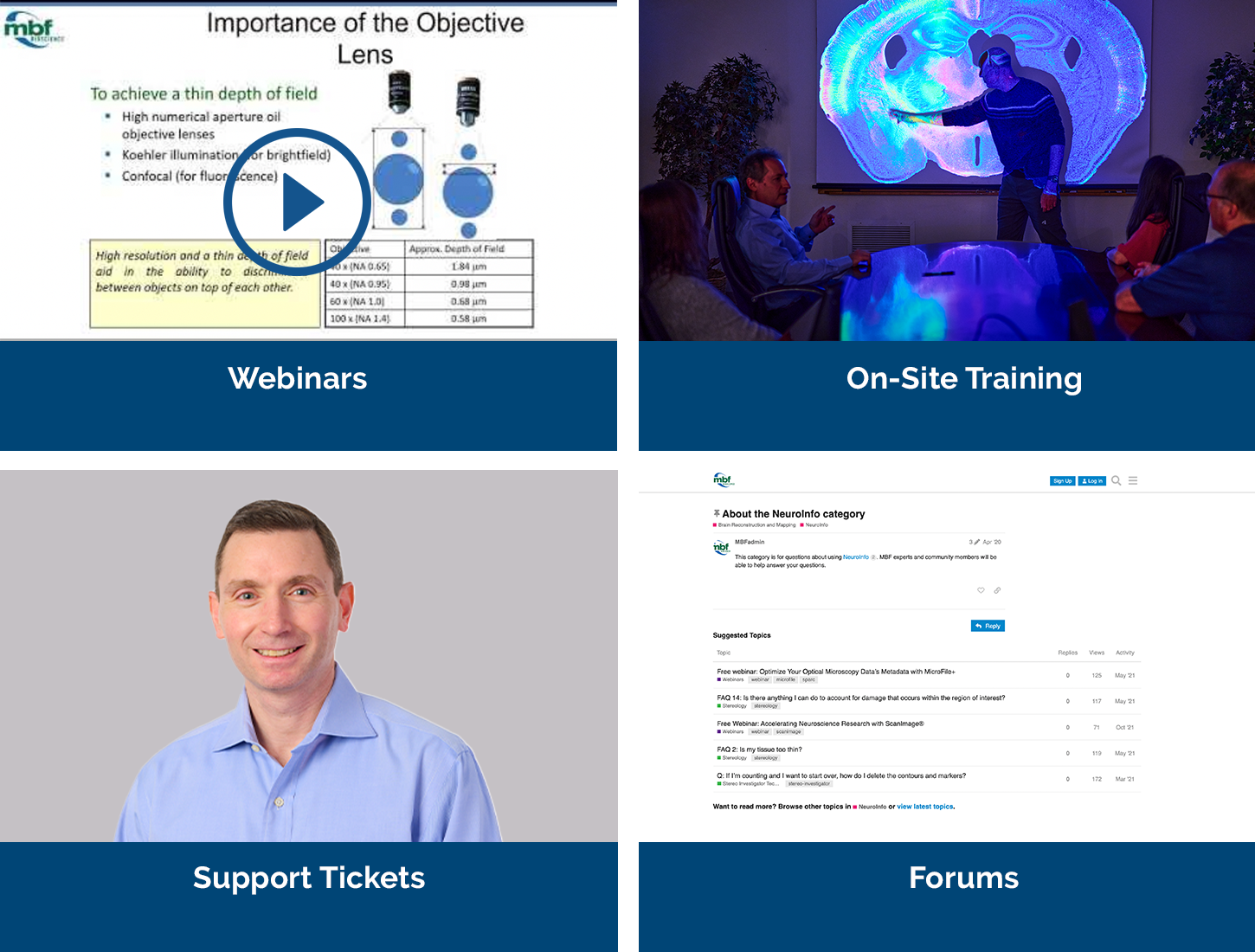
Our service sets us apart, with a team that includes Ph.D. neuroscientists, experts in microscopy, stereology, neuron reconstruction, and image processing. We’ve also developed a host of additional support services, including:
We offer both a free expert demonstration and a free trial copy of Vesselucida 360. During your demonstration you’ll have the opportunity to discuss your hardware, software, or experimental design questions with our team of Ph.D. neuroscientists and experts in microscopy, vessel tracing, and image processing.
During your free trial, use the tips and suggestions from a free, expert evaluation and find out how easy Vesselucida 360 is to use and how quickly you can obtain useful data.
